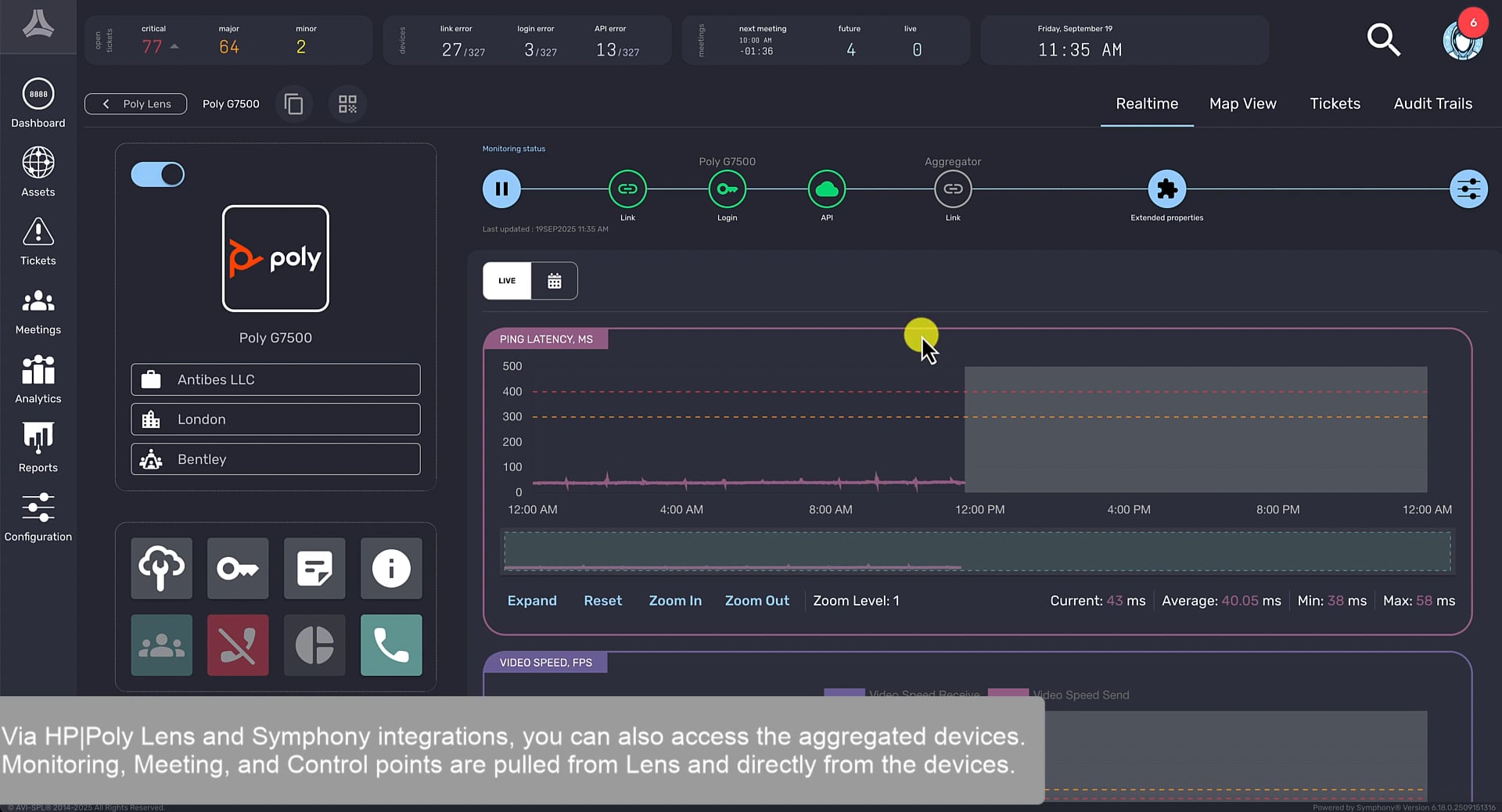
Sep 23, 2025
The Value of a Sustainable, Future-Ready Workplace with Barco
View moreSep 30 - 2025

Today’s post is by guest author Laurie Berg.

AVI-SPL Vice President, Symphony Product Operations
Decades ago, video conferencing and web conferencing (yes, those were the terms used) were not as widespread as they are today. There was continuous presence, which was a 2×2 screen, active speaker mode, lecture mode, and screen sharing. It was helpful to meet with colleagues, partners, and customers when you were not local to each other, but it could be intimidating.
Everything was very manual. Press a button on the remote control to switch views. Move the microphone around to grab the active speaker properly. Nine times out of ten, you left it as is, for fear of breaking something.
A few years ago, we all became accustomed to video collaboration from home, and unified communication and collaboration were taking place around the world. But there were still obstacles. Background noise, such as dogs barking, network struggles, and the simultaneous tasks of listening, reading, and taking notes, all needed to be overcome by the user. Additionally, multi-vendor compatibility had to be addressed.
Today, through the innovation and accessibility of artificial intelligence (AI), we resolved the challenges we had in creating and utilizing conferencing solutions. Collaboration is not only widely used, but it’s easy and more beneficial than we could have imagined.
All these advancements have changed and continue to change how we collaborate. We have more productive meetings because we aren’t distracted by background noises and fidgeting. We focus on what is best for our individual styles, both leading to better engagement and follow-through.
Polycom, now HP|Poly, was a pioneer in this space, and continues to lead in this new conferencing landscape. HP|Poly NoiseBlockAI and NoiseBlockAI v2 suppress background and distracting noises during meetings.
HP|Poly DirectorAI offers presenter tracking and group framing, delivering a higher-quality, more natural video experience. With compatibility for applications such as Microsoft Teams, these post-meeting aids can be accessed immediately. We don’t need to rely on memory or wait for someone to send out notes.
With the integration between AVI-SPL Symphony and HP|Poly, you can bring together AI-driven capabilities with the ability to administer, monitor, control, and analyze their multi-vendor AV, UC, and meeting environments. And proactively receive alerts when there are trouble spots.
THP|Poly has enabled some of their headsets with AI in the realm of battery life. Prior to AI, Symphony could auto-create tickets based on battery life. However, that value was arbitrary. It was a value selected by a person. For example, Symphony would create a ticket after 90 hours of headset use. But with AI, HP|Poly can send Symphony a status of battery life being low, and Symphony will auto-create the ticket for help desk personnel to resolve with speed and ease.
The Symphony platform itself has AI-generated Tier 1 troubleshooting capability. If, for example, a link is down with a new HP|Poly device, AI-generated Tier 1 Troubleshooting can decrease the time to resolution by providing the support resources with the common steps to take or verify.
Learn more about what Symphony can do for you and your HP|Poly solutions. Contact us to get started. Contact AVI-SPL to get started.
Learn more about AVI-SPL and HP|Poly.
And don’t forget to tune into The Collaboration Space on your favorite podcast app.